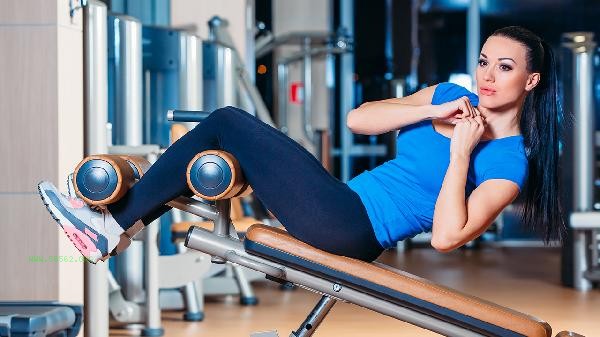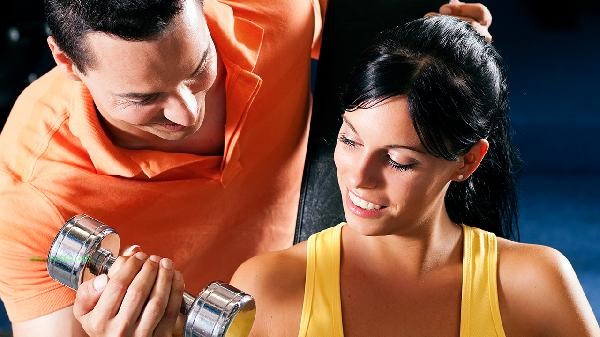The equipment used in the gym for hip training mainly includes hip abduction trainers, hip bridge machines, and Huck squat machines. Proper use can effectively stimulate the gluteus maximus, gluteus medius, and gluteus medius muscles. The use of different instruments requires adjusting posture and force mode according to the structure of the instrument and the target muscle group to avoid compensation and injury.

1. Hip Abduction Trainer
The sitting hip abduction trainer mainly targets the gluteus medius and gluteus medius muscles. Adjust the seat height when in use so that the outer thighs are close to the baffle, press the pedals firmly with both feet, and hold the handles on both sides with both hands to keep the torso stable. When exhaling, use the strength of the buttocks to spread the legs outward to the maximum extent, feel the contraction of the outer side of the buttocks, and inhale slowly to restore. Be careful to avoid using the waist or front thigh to compensate for force, and keep the core tight throughout the movement.
2. Hip bridge machine
The hip bridge machine strengthens the gluteus maximus muscle through resistance hip joint extension. When lying on your back, press your shoulder blades against the cushion, spread your feet apart and step on the pedal as wide as your hips, and bend your knees at a 90 degree angle. When exhaling, exert force on the buttocks to lift them up until the body is in a straight line, contract the peak for 1-2 seconds, and slowly lower them down to the buttocks close to the cushion surface when inhaling. It is necessary to maintain a neutral position of the lumbar spine to avoid excessive lumbar compression, which can increase intervertebral disc pressure.
3. Hack Squat Machine
The Hack Squat Machine can stimulate the buttocks by changing the standing distance. Stand at a distance wider than your shoulders, with your toes extended 30 degrees and your shoulders resting against the cushion. When squatting, sit with your hips back and align your knees with the direction of your toes. Squat until your thighs are parallel to the ground, then press your heels on the ground and use force to stand up. The narrow stance focuses more on the quadriceps, while the wide stance can increase the activation of the buttocks. Pay attention to maintaining natural physiological curvature of the spine throughout the entire process.

4. Rope Back Kicking
When using gantry rope accessories for training back kicking, fix the ankle brace to the ankle and stand on one leg facing the equipment. Slightly bend the support leg, and when training the leg to kick backwards and upwards, focus on using the buttocks to exert force, avoiding waist compensation. Keep the hips fully contracted at the top of the movement and slowly return to the starting position. The forward tilt angle can be adjusted to change the focus of muscle stimulation, and when the forward tilt is less, it is more targeted at the upper part of the gluteus maximus muscle.
5. Smith machine hip punch
The fixed trajectory of the Smith machine is suitable for hip punch training. Place the barbell bar at the hip crease, rest your upper back against the edge of the training bench, and step on the ground with your feet shoulder width apart. When exerting force, the buttocks contract to lift the hips up to the shoulder hip knee line, and at the peak of the contraction, the buttocks are intentionally clamped. Control the speed when falling until the hips are close to the ground. It is recommended to use a sponge barbell cover to protect the pelvis, and the weight should be chosen to be able to complete 12-15 standard movements.

When using hip training equipment, it is important to gradually increase the load. Before training, perform dynamic hip joint stretching to activate the hip muscles, and after training, perform static stretching to improve flexibility. Arrange 2-3 hip training sessions per week, selecting 2-3 types of equipment each time to complete 3-4 groups, with a 60-90 second break between groups. Combining protein supplementation and sufficient sleep can promote muscle repair and growth. Stop training immediately and consult a professional coach if there is joint pain or abnormal rebound response.






Comments (0)
Leave a Comment
No comments yet
Be the first to share your thoughts!